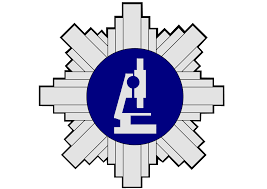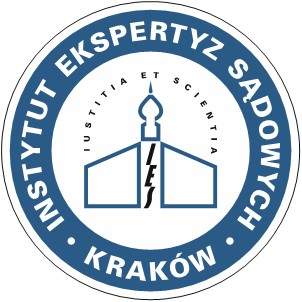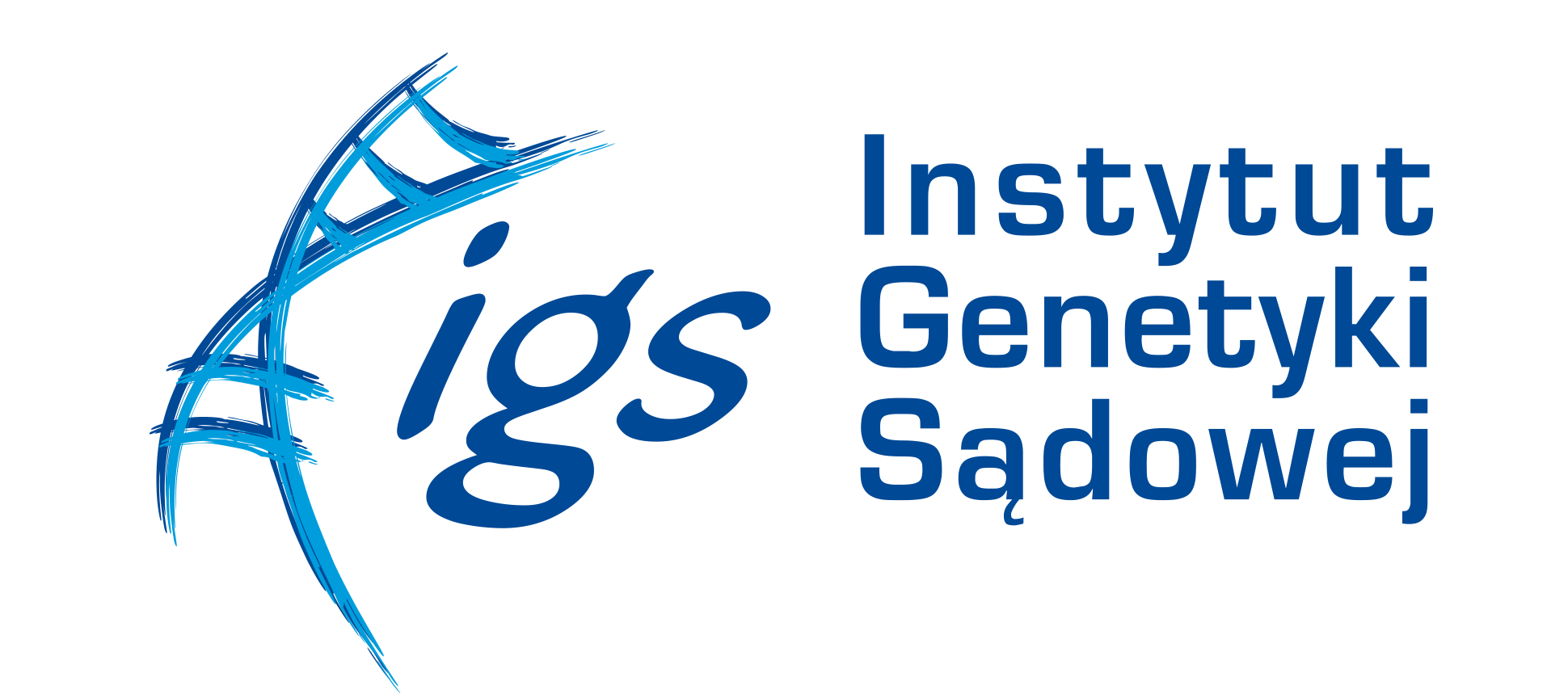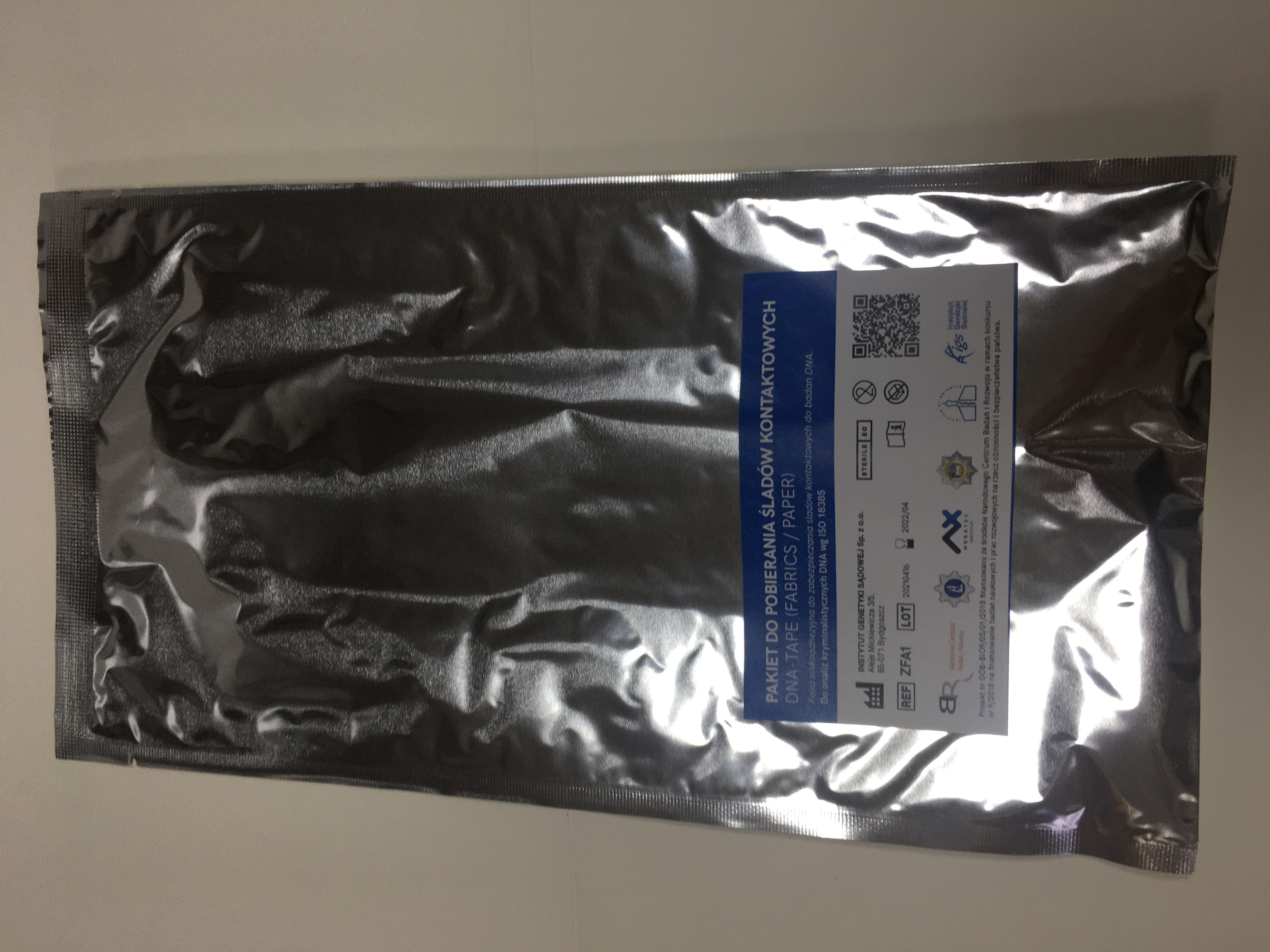Specialized set of low-adhesion foils for protecting biological traces

 Project title
Project title
Specialized set of low-adhesion foils for protecting biological traces
 Name of Beneficiary/Beneficiaries
Name of Beneficiary/Beneficiaries
The Police Academy in Szczytno (project leader / Central Forensic Laboratory of the Police / Institute of Security Technology “MoraTex” / Jan Sehn Institute of Forensic Expertise in Krakow / Institute of Forensic Genetics Sp. z o.o. in Bydgoszcz
 Name of programme
Name of programme
Competition for national defense and security
 Competition
Competition
Competition 9/2018
 Project value
Project value
According to the contract: PLN 10,857,645.00
 Funding value
Funding value
According to the contract: PLN 10,857,645.00
 Project delivery period
Project delivery period
10.12.2018 – 09.03.2022
Our team
The Police Academy in Szczytno
Central Forensic Laboratory of the Police
Institute of Security Technology “MoraTex”
Jan Sehn Institute of Forensic Expertise in Krakow
Institute of Forensic Genetics Sp. z o.o. in Bydgoszcz
Results of our work
Issues addressed
Properly securing the trace determines the possibility of conducting forensic identification tests. An increasing percentage of biological traces secured at the scene for identification tests are contact traces. The sensitivity of forensic DNA testing methods is constantly increasing, but the factor that limits their capabilities is the relatively small amount of genetic material in contact traces. Swabs used for technical protection of traces are characterized by unsatisfactory efficiency when it comes to collecting biological material left on the surface, especially on certain types of substrates. Another challenge is the effective recovery of biological material at the stage of nucleic acid extraction in the DNA isolation process in laboratory tests. To make the use of advanced molecular biology methods more effective, we had to develop an innovative and more effective tool dedicated to forensic technology for securing biological contact traces. We have built a technology demonstrator of a low-adhesion foil set on a manipulator for securing biological contact traces, along with packaging and instructions for the end user. We have chosen an effective method of producing and packaging the kit that eliminates contamination with undesirable human DNA. We have adapted DNA isolation methods commonly used in forensic laboratories to the requirements of the kit. The technology has been validated by end users in real conditions. We have assessed the low-adhesion film kit technology demonstrator’s ability to collect traces from a variety of substrates, sample safety, and ergonomics of use. We have collected opinions of forensic technicians and experts in the field of genetic testing about this technology and trained them. We have prepared a report on the places where contact marks are most common and a proposal of organizational and legal solutions for the implementation of new solutions to the catalog of forensic techniques. This technology can be implemented in practice.
Project beneficiaries
Our specialized set of low-adhesion foils for protecting contact traces along with dedicated DNA extraction methods for forensic testing is intended for forensic technicians and experts in the field of genetic testing.
Major implementation challenges
Due to the SARS-CoV-2 pandemic, it was a great challenge to conduct laboratory tests based on molecular biology techniques with a global shortage of consumables and reagents which are used both in forensic DNA testing (which is the core of the project team’s work) and in medical diagnostics of infectious diseases. The challenge in the context of the final result of the project was to convince potential end users to try out this innovative tool, the form and method of use of which were in opposition to the established methods of securing biological traces.
Our advice to other applicants
An important factor that influenced the success of achieving the assumed goals and results of the project is the direct involvement of end users in the process of designing and testing technologies at every stage of the project implementation.





